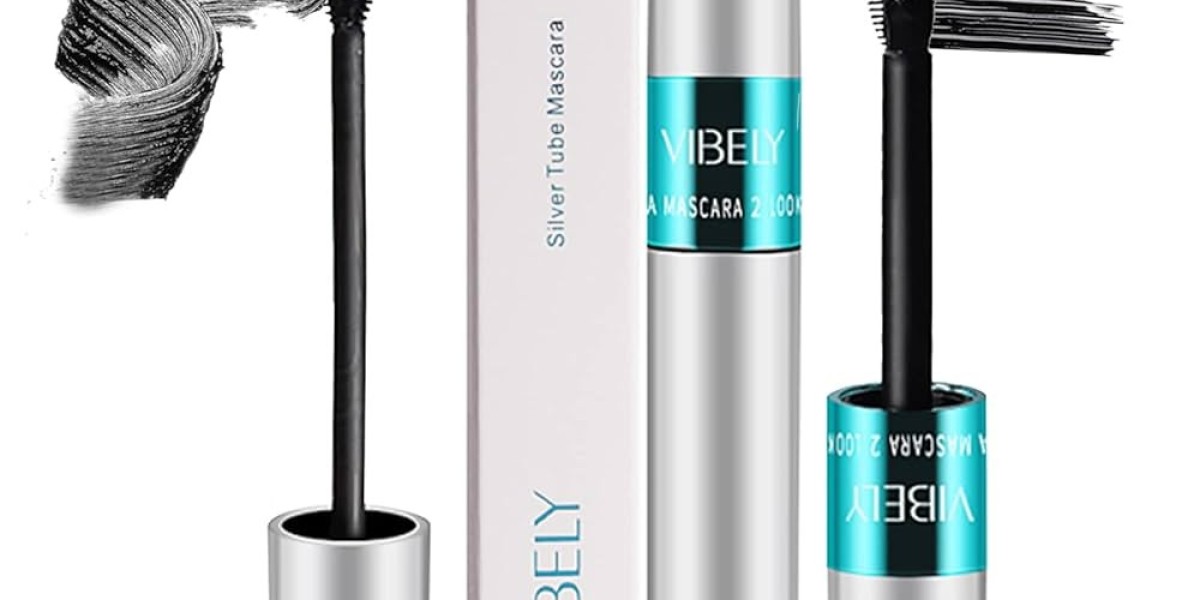Introduction to GFRP Bent Bars
As modern infrastructure demands stronger, lighter, and corrosion-resistant materials, traditional steel reinforcement is gradually being replaced by advanced composites. Among these, Glass Fiber Reinforced Polymer (GFRP) bent bars are emerging as a reliable alternative in reinforced concrete construction. Designed for critical structural applications, GFRP bent bars offer exceptional tensile strength, reduced weight, and long-term durability. These bars are manufactured using high-performance glass fibers embedded in a polymer resin matrix, resulting in a material that resists corrosion, even in harsh chemical or marine environments. With increasing demand for sustainable and maintenance-free infrastructure, GFRP bent bars are setting new standards in civil engineering.
Superior Strength and Durability
One of the primary advantages of GFRP bent bars is their impressive strength-to-weight ratio. Compared to steel, GFRP is approximately 4 times lighter while offering comparable—if not higher—tensile strength. This makes them easier to handle on-site and reduces labor costs during construction. Furthermore, GFRP is non-corrosive, which eliminates the common problem of rust-related deterioration found in steel-reinforced structures. This resistance to moisture, chlorides, acids, and alkalis makes GFRP ideal for bridges, coastal structures, tunnels, wastewater plants, and parking garages. By preventing corrosion-related damage, GFRP bent bars significantly extend the lifespan of structures and reduce long-term maintenance costs.
Flexibility in Design and Versatility in Use
What sets bent GFRP bars apart is their ability to be custom-shaped to fit specific structural needs. Whether it’s hooks, stirrups, or corner reinforcements, these bent bars maintain their mechanical integrity while offering unmatched design flexibility. Their non-conductive and non-magnetic properties also make them ideal for applications near sensitive equipment like MRI machines or in power generation facilities. From highways and dams to residential foundations and precast elements, GFRP bent bars adapt seamlessly to various environments and structural demands. Their versatility helps engineers and architects design safer, longer-lasting, and more resilient structures across a broad spectrum of projects.
The Future of Reinforcement
As infrastructure needs evolve, the construction industry is increasingly turning to innovative materials that offer both performance and sustainability. GFRP bent bars meet these challenges head-on by combining structural reliability with environmental benefits. They contribute to green building standards by reducing material waste, lowering transportation emissions due to their light weight, and minimizing the need for repairs. With ongoing improvements in manufacturing technology and broader code adoption worldwide, GFRP reinforcement is poised to become a standard component in next-generation construction. For developers and contractors looking to invest in long-term value and safety, GFRP bent bars represent a smart and future-ready solution. Check out Dura Composites Pvt Ltd for more insights






